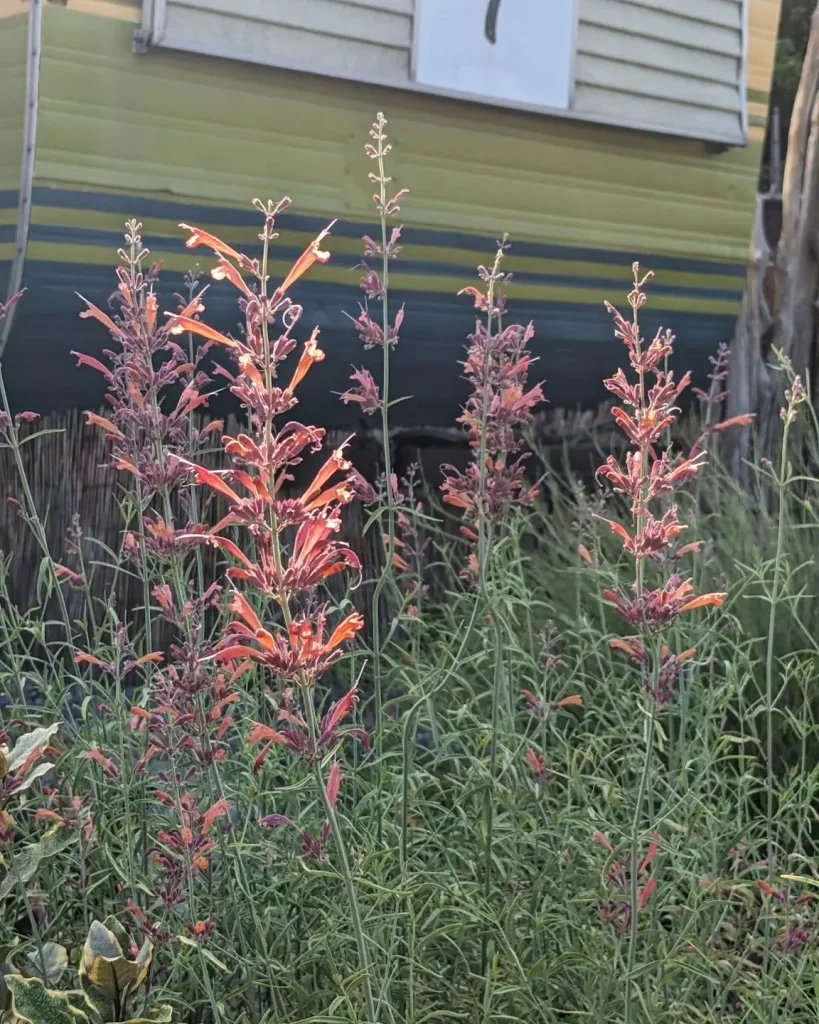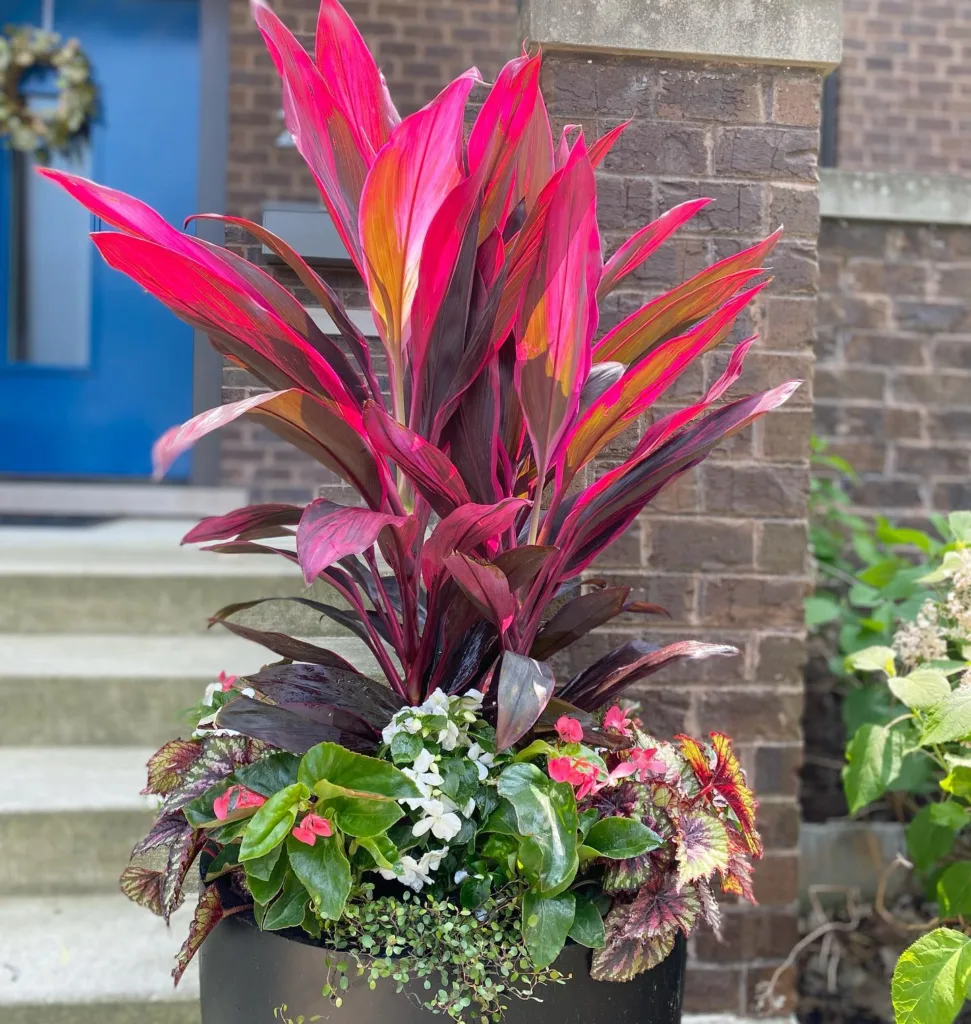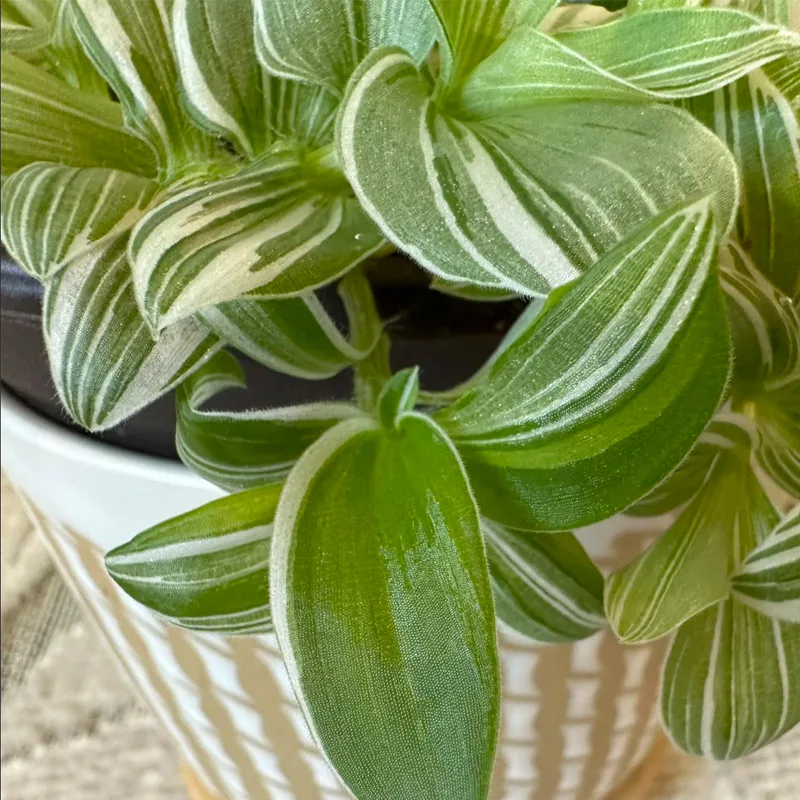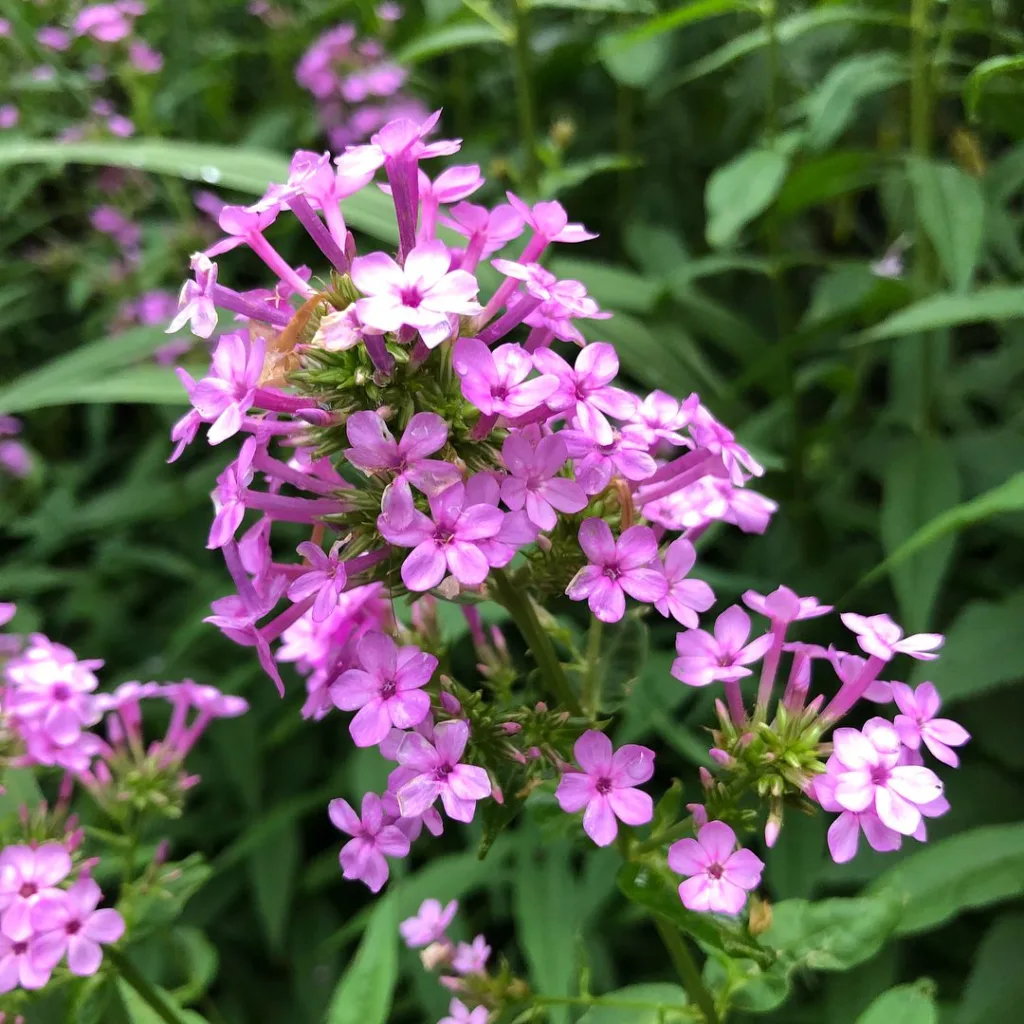Peperomia Nivalis: A Guide to the Frosted Peperomia
Hello, plant enthusiasts! I’m Ferb Vu, and today we’re diving into the world of the Peperomia Nivalis, also known as the Frosted Peperomia. This captivating little succulent has stolen the hearts of many collectors with its unique foliage and easy-going nature.
Whether you’re a seasoned plant parent or a curious newcomer, this FAQ will equip you with everything you need to know about caring for your Peperomia Nivalis.
1424 Species in Genus Peperomia
What is a Peperomia Nivalis?
The Peperomia Nivalis hails from the high altitudes of the Peruvian Andes. This compact succulent boasts fleshy stems and leaves, making it adept at surviving drier conditions. Its most striking feature is the translucent areas scattered across the upper surface of its bright green leaves, resembling frosted glass – hence the nickname “Frosted Peperomia.”
Part of the vast Peperomia genus, known for its diversity, the Peperomia Nivalis, particularly the variety Peperomia Nivalis var. lepadiphylla, is a popular choice for houseplant collections.
How to Care for Peperomia Nivalis?
Caring for your Peperomia Nivalis is a breeze. Here’s what you need to know:
- Light: Peperomia Nivalis thrives in bright, indirect light. Avoid harsh midday sun, which can scorch the leaves.
- Water: Remember, it’s a succulent! Overwatering is the enemy. Allow the soil to dry completely between waterings. During winter, you can water even less frequently.
- Soil: A well-draining succulent or cactus mix is ideal. Ensure the pot has drainage holes to prevent waterlogging.
- Humidity: Peperomia Nivalis isn’t fussy about humidity levels. Average household humidity will suffice. However, if the air gets very dry, occasional misting can be beneficial.
- Temperature: Aim for comfortable room temperatures between 65°F and 75°F (18°C and 24°C). Avoid exposing your plant to sudden temperature fluctuations.
- Fertilizer: Feeding your Peperomia Nivalis is optional. If you choose to fertilize, use a diluted balanced fertilizer during the growing season (spring and summer) at most once a month.
How to Propagate Peperomia Nivalis?
Sharing the joy of your Peperomia Nivalis? Propagation is simple! Here are two common methods:
- Leaf cuttings: Select healthy, mature leaves. Cut them off near the base of the stem. Remove the lower half of the leaf and plant the stem end in a well-draining potting mix. Keep the soil moist but not soggy and provide bright, indirect light. New growth should emerge in a few weeks.
- Stem cuttings: Cut a healthy stem section with a few nodes (leaf attachment points). Remove the lower leaves and plant the stem in a well-draining potting mix. Water lightly and maintain bright, indirect light. Roots should develop within a couple of weeks.
What to Plant with Peperomia Nivalis?
The Peperomia Nivalis’ compact size and easygoing nature make it a versatile companion for various houseplants. Here are some ideas:
- Other succulents: Combine your Peperomia Nivalis with other low-maintenance succulents like Echeveria, Jade Plant, or Haworthia for a captivating succulent arrangement.
- Ferns: Ferns, like the Maidenhair Fern or Staghorn Fern, appreciate similar humidity levels and create a visually contrasting yet harmonious pairing.
- Air plants: Tillandsias, also known as air plants, require minimal soil and thrive in similar conditions. They add a unique touch to a terrarium or hanging display alongside your Peperomia Nivalis.
Common Peperomia Nivalis Problems
While generally trouble-free, here are a few potential issues you might encounter:
- Yellowing leaves: Overwatering is the most likely culprit. Allow the soil to dry completely between waterings.
- Leaf drop: Sudden temperature changes, underwatering, or excessive light can cause leaf drop.
- Mealybugs: These tiny, sap-sucking insects can appear as cottony white clusters on the leaves. Treat them with insecticidal soap or neem oil.
Conclusion
The Peperomia Nivalis, with its charming frosted foliage and undemanding care requirements, is a perfect addition to any plant collection. By following these simple tips, you can ensure your Peperomia Nivalis thrives for years to come.
Remember, happy planting!
If i die, water my plants!



